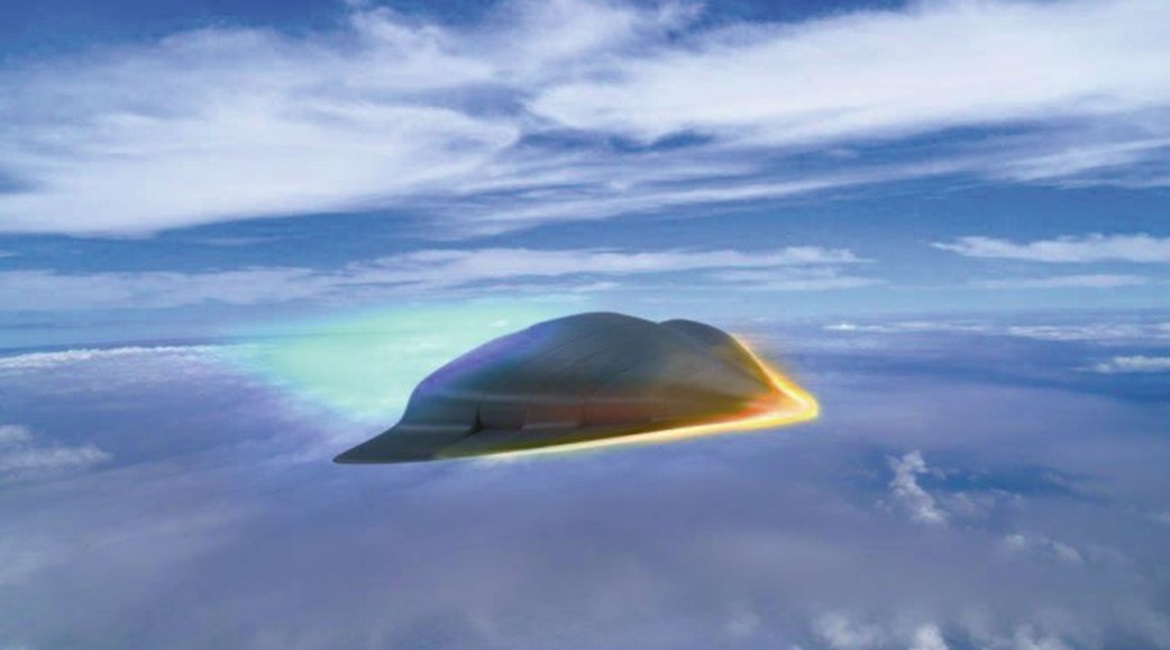
As the United States continues to ramp up its efforts to field a hypersonic weapons capability – and close the gap with its peer adversaries – the US Defense Advanced Research Projects Agency (DARPA) has awarded Raytheon a follow-on contract to mature its air-launched Tactical Boost Glide (TBG) weapon concept.
Awarded on 1 March, the USD63.3 million contract provides for Raytheon to progress its TBG concept from the preliminary design review (PDR) phase to the critical design review (CDR) phase.
“This funding is to take our TBG concept from basically a PDR level to a CDR level; after CDR DARPA will decide whether to progress to a full test program. That would be their decision at that point – but we are certainly prepared to support a flight test programme if they elect to go that way,” Dr Thomas Bussing, vice-president, Raytheon Advanced Missile Systems told Jane’s .
The 1 March award builds on an initial USD20.5 million prototype research contract, awarded to Raytheon in April 2015, to develop and demonstrate technologies to enable a TBG concept; Lockheed Martin was awarded a parallel USD147.3 million contract in September 2016 to develop its TBG concept solution.
Launched in 2014, the TBG programme is a joint DARPA/US Air Force (USAF) initiative to develop and demonstrate technologies to enable future air-launched, tactical-range hypersonic boost glide systems. In a boost glide system, a tactical payload is boosted to a high endo-atmospheric altitude at hypersonic speed, separates from its booster, and glides down to its target.

Looking to read the full article?
Gain unlimited access to Janes news and more...






